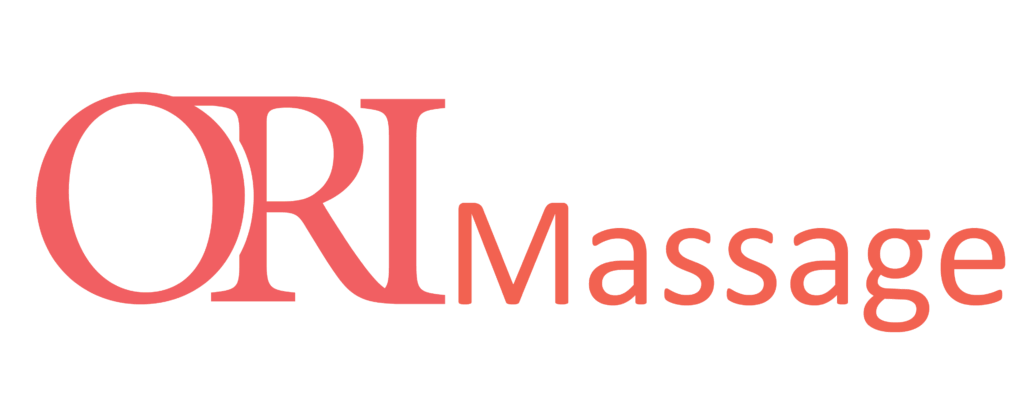In recent years, remedial massage has gained increasing popularity as a natural and effective approach to improving overall health and well-being. It is more than just a relaxing therapy; it is a targeted treatment designed to address specific musculoskeletal issues, alleviate pain, and promote healing.
This comprehensive guide aims to explore the multifaceted world of remedial massage, providing insights into its benefits, techniques, comparisons with other therapies, and how to find the right practitioner in Brisbane.
The Benefits of Remedial Massage
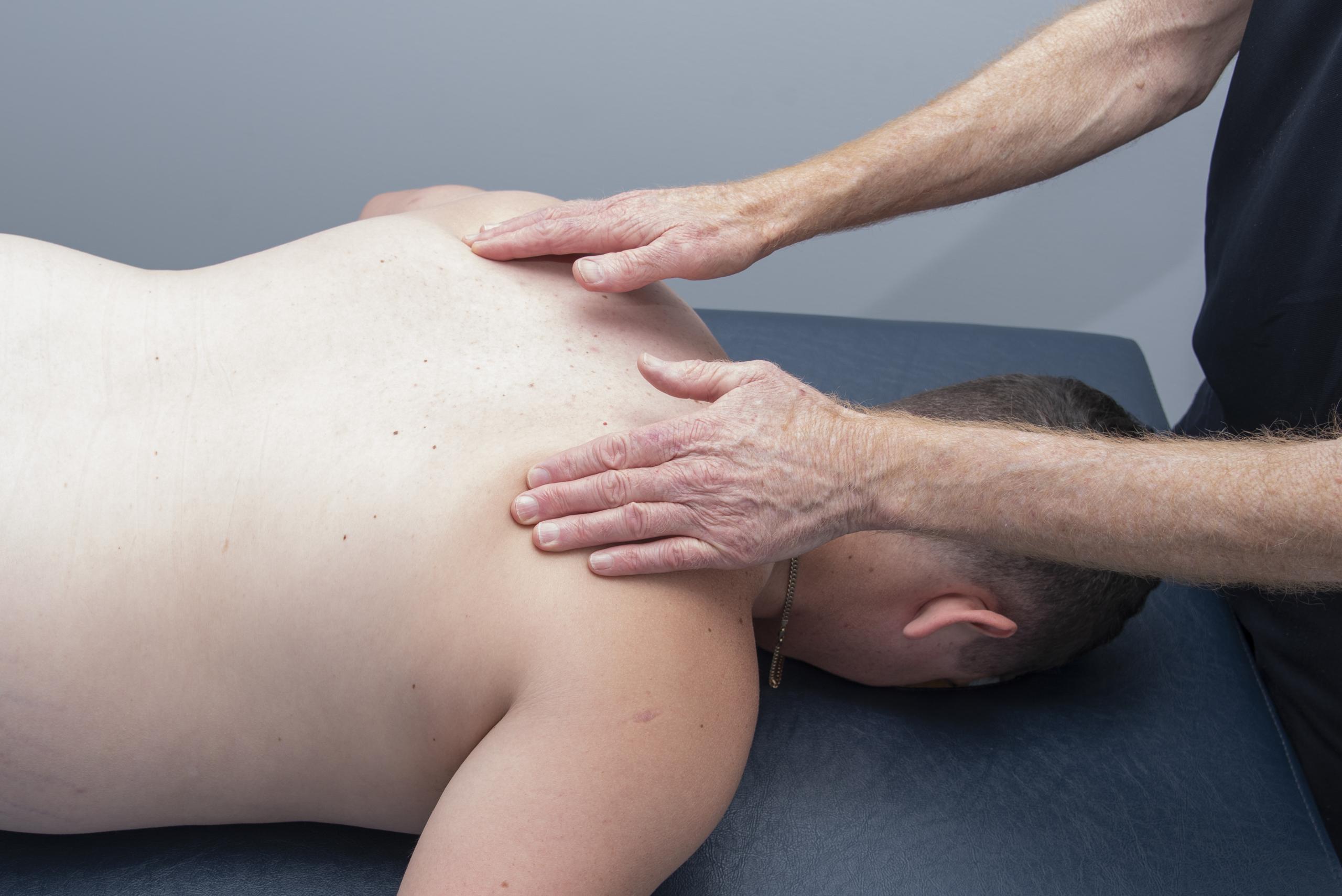
Remedial massage offers a multitude of physical and mental health benefits that extend beyond mere relaxation. Its primary focus is on treating musculoskeletal problems and enhancing the body’s natural healing capabilities. Whether you suffer from chronic pain, sports injuries, or postural issues, remedial massage can be a powerful component of your health maintenance routine.
Before diving into the specifics, it’s essential to appreciate that remedial massage works holistically by addressing underlying causes rather than just symptoms. It stimulates blood flow, releases tension, and encourages the regeneration of tissues, leading to improved function and reduced discomfort.
Pain Relief and Management

Chronic pain, whether due to injury, poor posture, or repetitive strain, can significantly diminish one’s quality of life. Remedial massage targets these pain points directly, using precise techniques aimed at relieving muscle knots, trigger points, and areas of inflammation.
The skilled therapist assesses the root cause of pain through palpation and movement analysis, then applies appropriate manual therapy. For example, deep tissue work can break down adhesions and scar tissue, restoring normal muscle elasticity and reducing nerve compression. This process often results in immediate relief, with longer-term improvements through consistent treatment.
Moreover, remedial massage triggers the release of endorphins and serotonin—natural painkillers produced by the body—contributing to a profound sense of well-being. Regular sessions can help manage chronic conditions such as back pain, neck stiffness, headaches, and repetitive strain injuries.
Enhancing Posture and Ergonomics

Poor posture is an epidemic in today’s digital age, stemming from prolonged sitting, improper ergonomics, and ergonomic devices. This misalignment often leads to muscular imbalances, joint stress, and subsequent discomfort.
Remedial massage plays a crucial role in correcting these issues. Therapists focus on tight muscles that pull the body out of alignment, such as the pectorals, upper trapezius, and hip flexors. Through targeted techniques, they release tension, restore muscle balance, and improve joint mobility.
Additionally, remedial massage can be complemented by advice on ergonomic adjustments and stretching routines, fostering long-term posture correction. This proactive approach helps prevent future problems and enhances daily functionality.
Stress Reduction and Mental Well-Being

While often associated with physical ailments, remedial massage also offers significant mental health benefits. The calming environment and therapeutic touch stimulate the parasympathetic nervous system—the “rest and digest” response—reducing cortisol levels and alleviating stress.
This relaxation effect can help combat anxiety, improve sleep quality, and boost mood. Many clients report feeling more centered, focused, and energized after sessions. The release of muscular tension also reduces physical manifestations of stress, such as headaches and chest tightness.
Furthermore, the mindfulness involved in a remedial massage session encourages a moment of pause and self-care, fostering psychological resilience. In our fast-paced world, incorporating remedial massage into wellness routines can be a valuable tool for maintaining mental clarity and emotional balance.
Rehabilitation and Injury Prevention
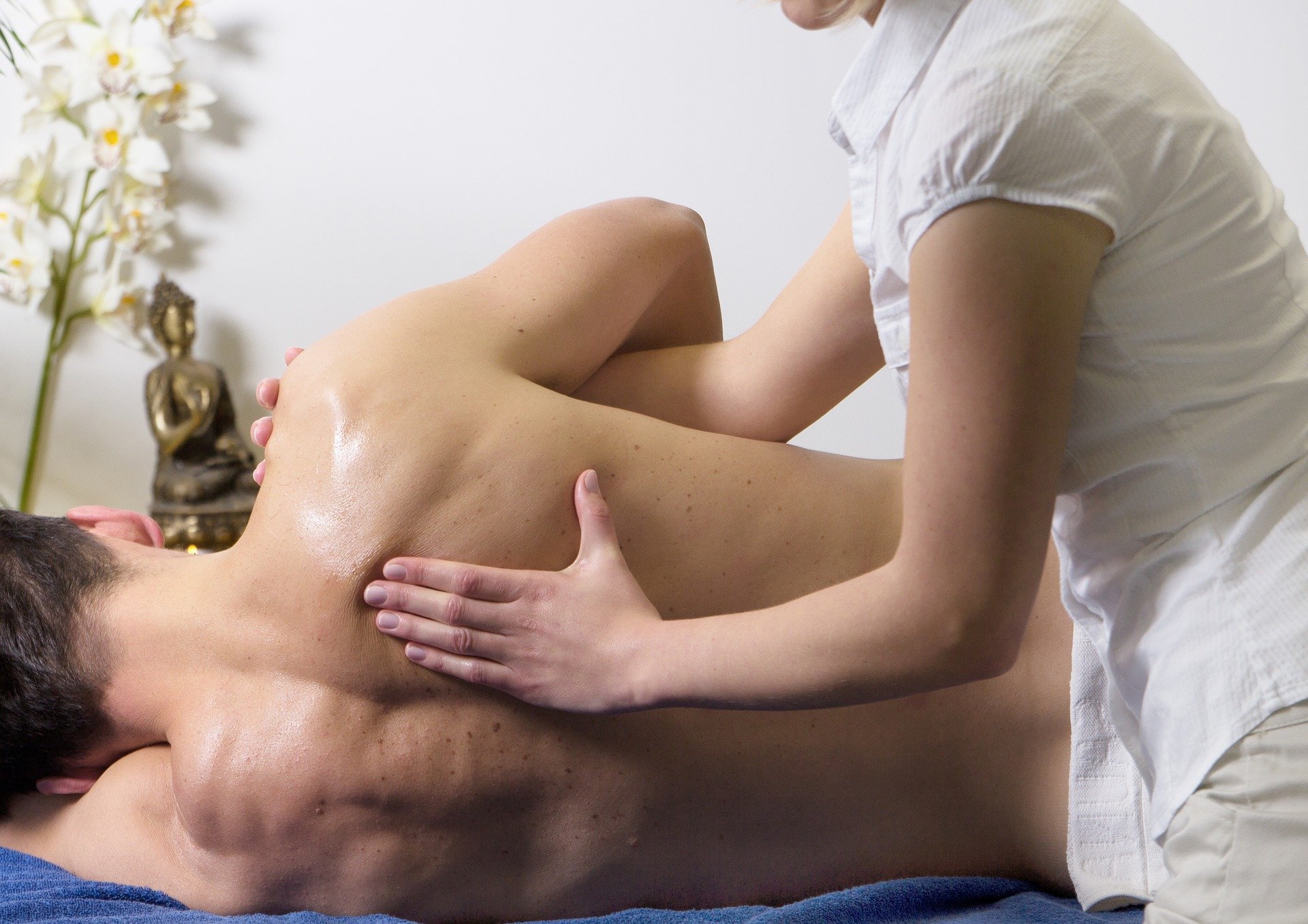
Whether recovering from surgery, sports injury, or overuse, timely intervention is vital for optimal healing. Remedial massage accelerates recovery by increasing circulation to damaged tissues, reducing swelling, and breaking down adhesions.
Therapists tailor their techniques to the stage of healing, focusing on gentle mobilization during early phases and strengthening as recovery progresses. This personalized care ensures tissues regain strength and flexibility without re-injury.
Prevention is another key aspect; regular remedial massage keeps muscles supple and balanced, reducing the risk of future injuries. Athletes, in particular, benefit immensely from pre- and post-event treatments that optimize performance and facilitate quicker recovery.
Holistic Approach to Health

Ultimately, remedial massage embodies a holistic approach by integrating physical, emotional, and lifestyle factors. It encourages clients to understand their bodies better and adopt healthier habits.
Many therapists incorporate advice on nutrition, exercise, and ergonomics alongside manual therapy, empowering individuals to take charge of their health journey. This integrative perspective fosters sustainable wellness and a deeper connection between mind and body.
Understanding Remedial Massage Techniques

Remedial massage employs a variety of specific manual techniques to target musculoskeletal problems effectively. Each technique is designed to influence different tissue types and achieve distinct therapeutic outcomes. Skilled therapists select and combine these techniques based on individual assessment, ensuring a tailored approach.
A thorough understanding of these techniques reveals the complex science behind remedial massage and highlights its precision-oriented nature.
Myofascial Release and Trigger Point Therapy
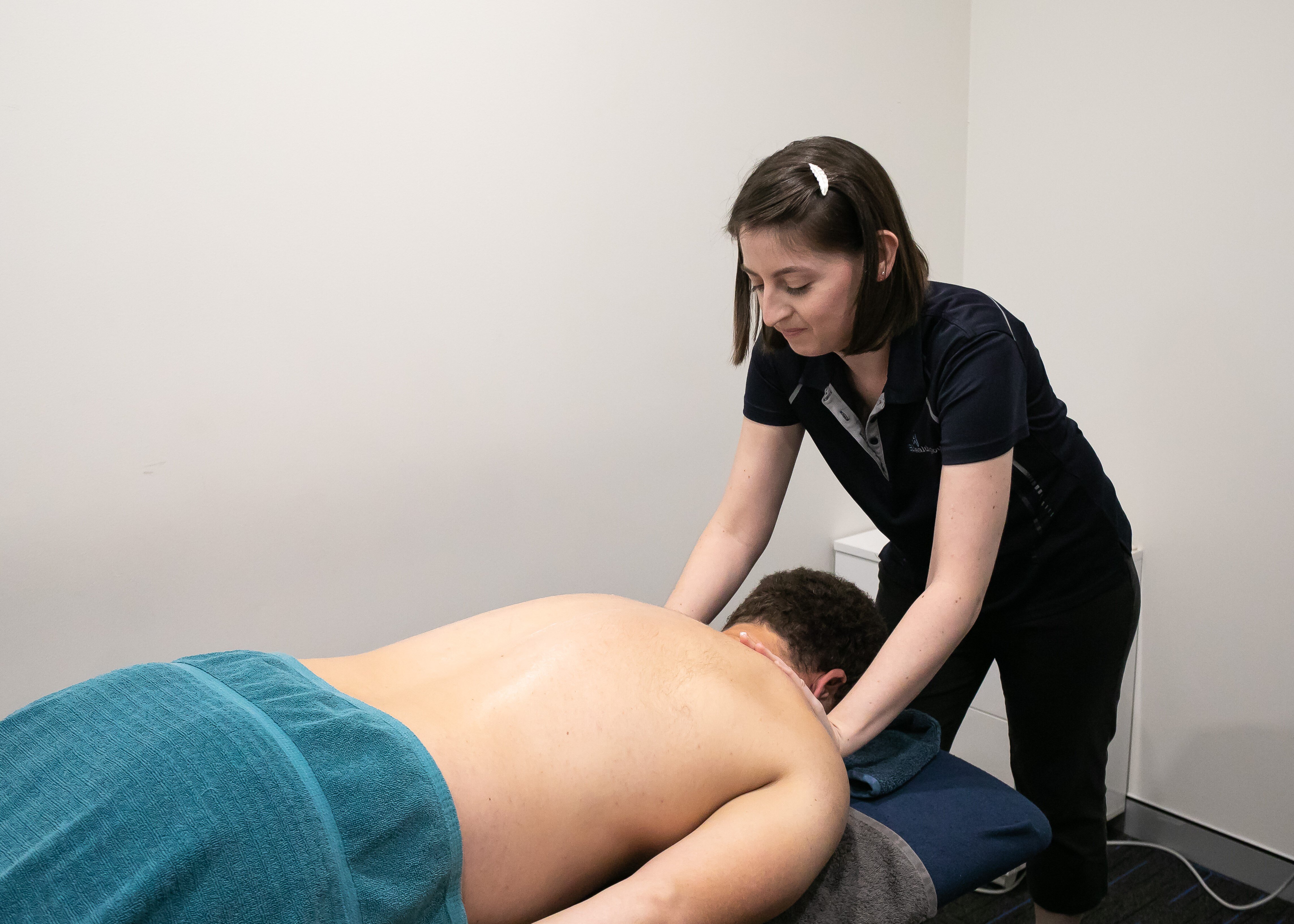
What Is Myofascial Release?
Myofascial release involves applying gentle sustained pressure to the fascia—the connective tissue surrounding muscles—to eliminate restrictions. Fascia can become tight or knotted due to injury, poor posture, or repetitive movements, leading to pain and limited mobility.
During therapy, the therapist palpates the fascia, locating areas of restricted tissue. They then apply slow, sustained pressure to stretch and soften these areas, encouraging normal glide and elasticity. This process can be uncomfortable initially but often provides lasting relief from chronic pain syndromes like fibromyalgia or scoliosis-related discomfort.
Trigger Point Therapy
Trigger points are hyperirritable spots within a muscle that refer pain to other regions. They are often palpable as taut bands or nodules. Trigger point therapy involves applying direct pressure to deactivate these knots, releasing stored tension and alleviating referred pain.
Therapists use specific finger, elbow, or thumb techniques to apply pinpoint pressure, sometimes combined with stretching or passive movement. This method is particularly effective for tension headaches, jaw pain, and musculoskeletal pain related to repetitive activities.
Deep Tissue Technique and Cross-Friction Massage

Deep Tissue Technique
This focuses on the inner layers of muscles and connective tissues. It uses slower strokes, deeper pressure, and specific moves to release chronic muscle tension and adhesions.
This technique requires skill and sensitivity to avoid causing discomfort. When done correctly, it stretches scar tissue, improves blood flow, and restores functional movement. Clients often experience soreness afterward, but the benefits include increased range of motion and reduced pain.
Cross-Friction Massage
Cross-friction massage, also known as transverse friction, involves applying perpendicular pressure across a scar or tendon. It breaks down adhesions and promotes the formation of new, healthy tissue.
This technique is particularly useful in rehabilitating tendon injuries or surgical scars. It stimulates fibroblast activity, speeding up healing, and preventing the formation of restrictive scar tissue.
Soft Tissue Mobilization and Kinesiology Taping

Soft Tissue Mobilization
This encompasses various manual techniques aimed at restoring the normal elasticity of muscles and tendons. It includes techniques like kneading, petrissage, and transverse strokes, all designed to improve tissue pliability.
The emphasis is on stimulating lymphatic drainage and blood flow, thereby reducing swelling and promoting healing. This technique is especially beneficial for athletes and individuals with postural imbalances.
Kinesiology Taping
Kinesiology taping involves the application of elastic therapeutic tape to support muscles and joints without restricting movement. While not a massage per se, it complements remedial treatments well.
The tape lifts the skin slightly, creating space that facilitates lymphatic fluid flow and reduces inflammation. It also provides proprioceptive feedback, helping correct movement patterns and prevent injury.
Joint Mobilization and Passive Stretching
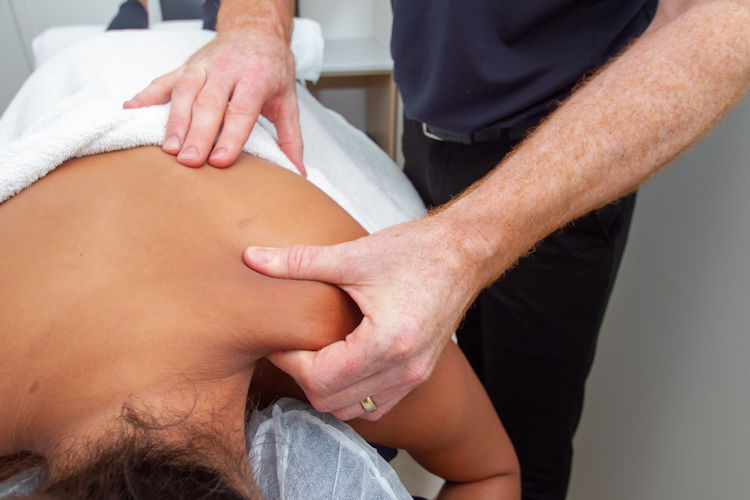
Joint Mobilization
This techniques involve rhythmic oscillations or sustained holds applied to joint surfaces to enhance range of motion and reduce stiffness. These manipulations are performed within the joint’s natural limits and require detailed anatomical knowledge.
By restoring joint play, therapists alleviate pain caused by hypomobility and improve functional movement patterns. This approach is essential for clients with arthritis, bursitis, or post-injury immobilization.
Passive Stretching
Passive stretching involves elongating muscles and soft tissues with assistance from the therapist. It complements other techniques by promoting flexibility and reducing tension.
Strategic stretching can be integrated into remedial massage sessions to unlock stubborn areas of tightness and prepare tissues for further manual therapy. It also educates clients on safe stretching practices for home maintenance.
Integration of Techniques for Personalized Care
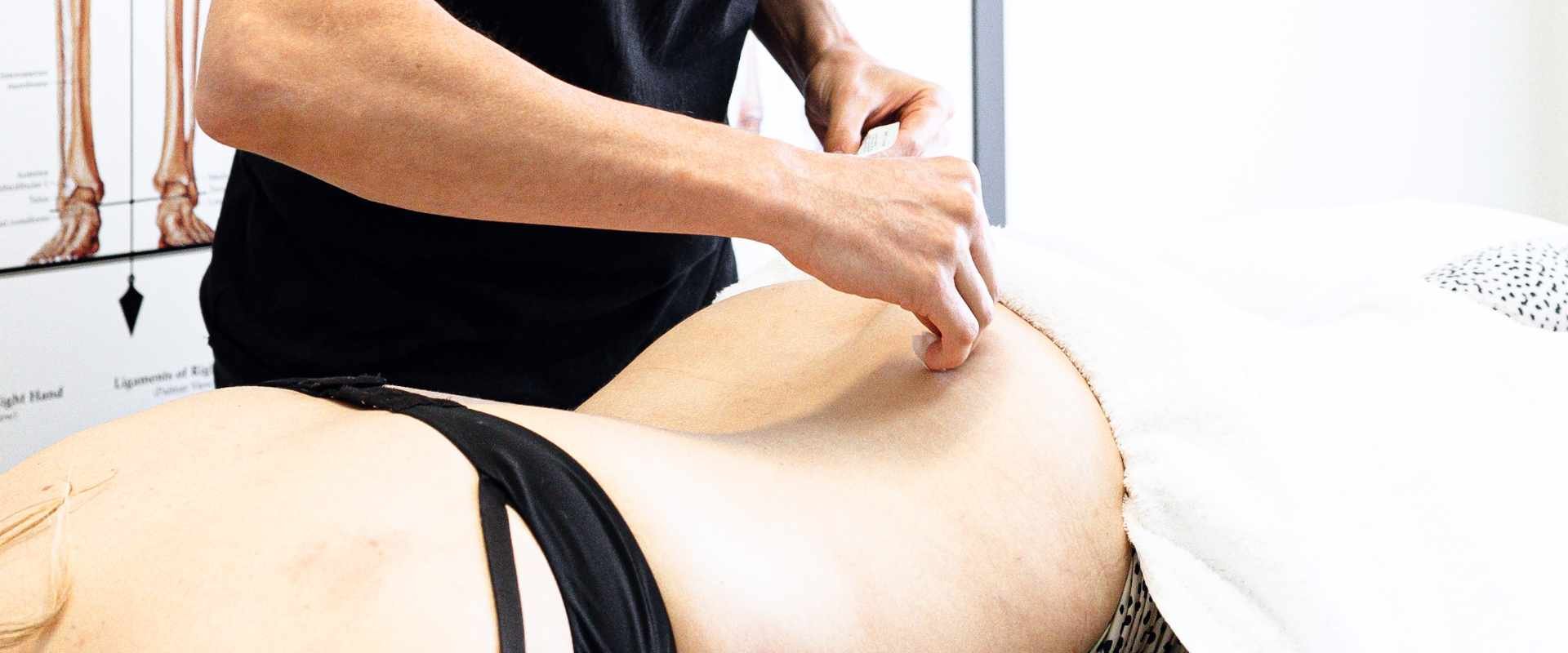
An experienced remedial massage therapist combines these techniques dynamically, adapting to the client’s unique needs. This integrative approach ensures targeted, effective treatment, fostering faster healing and better results.
Personalized care often involves initial assessments, ongoing evaluations, and modifications throughout treatment plans. Therapists may also incorporate modalities like ultrasound or electrical stimulation to augment manual techniques, optimizing outcomes.
Remedial Massage vs. Other Massage Therapies
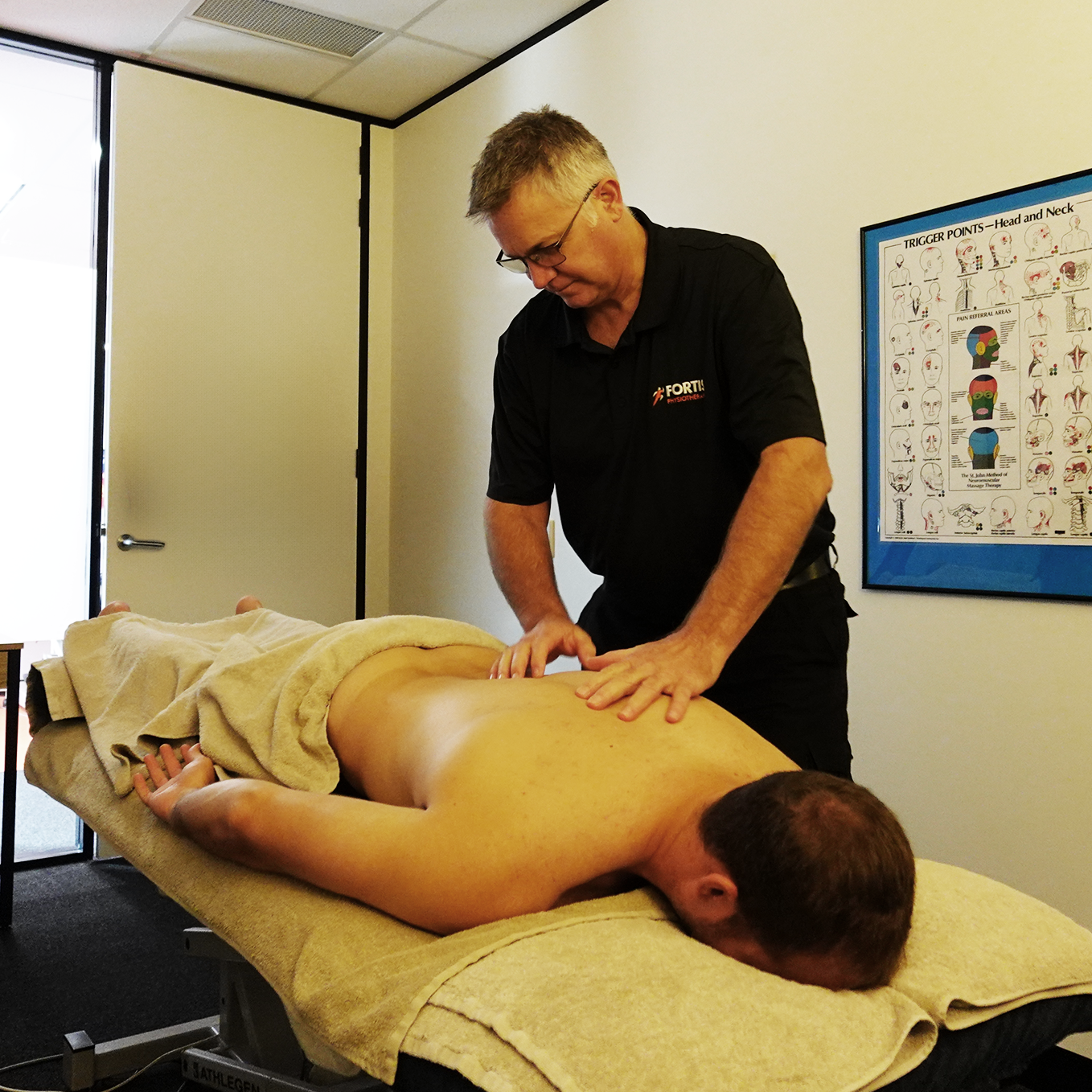
Understanding how remedial massage compares to other massage therapies helps clients make informed decisions about their health care options. While many massage styles share common elements, remedial massage emphasizes targeted, evidence-based interventions tailored to specific health issues.
Swedish Massage vs. Remedial Massage
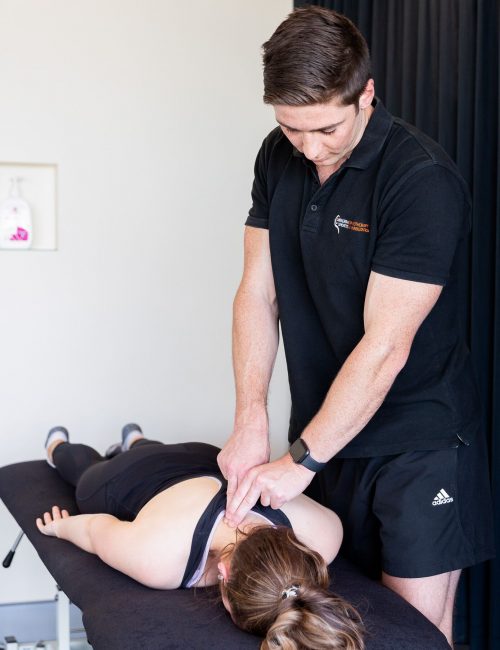
Techniques and Goals
Swedish massage is primarily focused on relaxation, using lighter strokes, effleurage, petrissage, and superficial kneading to soothe muscles and promote general well-being. Its main goal is stress relief, often with less emphasis on addressing underlying structural problems.
In contrast, remedial massage employs deeper, more precise techniques aimed at diagnosing and treating specific musculoskeletal dysfunctions. It involves assessment, targeted manual therapy, and rehabilitation strategies, making it a more clinical approach.
Differences in Application
While Swedish massage can be beneficial for stress reduction and improving circulation, it may not effectively resolve chronic pain or muscular imbalances. Remedial massage, on the other hand, is suited for clients with persistent issues, injuries, or postural problems requiring a structured treatment plan.
Complementary Use
Both therapies can complement each other; Swedish massage can serve as a relaxing preparatory session before targeted remedial work or as maintenance therapy following intensive treatment.
Sports Massage vs. Remedial Massage
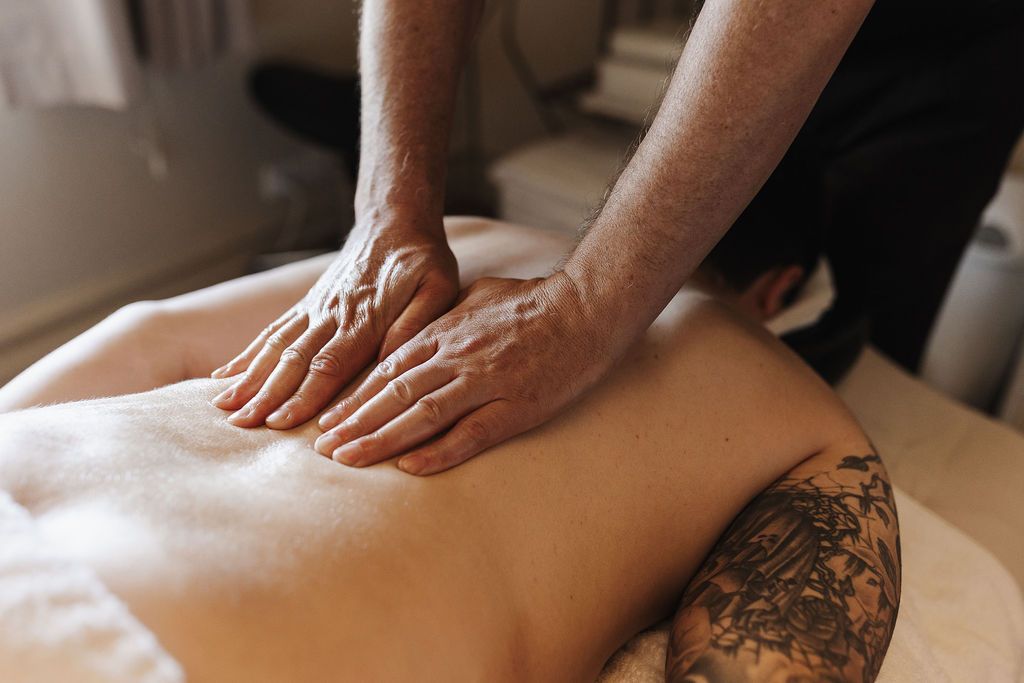
Focus and Techniques
Sports massage shares similarities with remedial massage but tends to concentrate specifically on athletes’ needs. It emphasizes pre-event warm-up techniques, post-event recovery, and injury prevention.
Techniques such as deep tissue work, stretching, and taping are common in both. However, sports massage often incorporates dynamic stretching and active release methods tailored to athletic demands.
Applications and Outcomes
Remedial massage is broader in scope, suitable for anyone with musculoskeletal issues, regardless of activity level. Sports massage is specialized for enhancing performance and quicker recovery for athletes.
Aromatherapy and Relaxation Massage vs. Remedial Massage
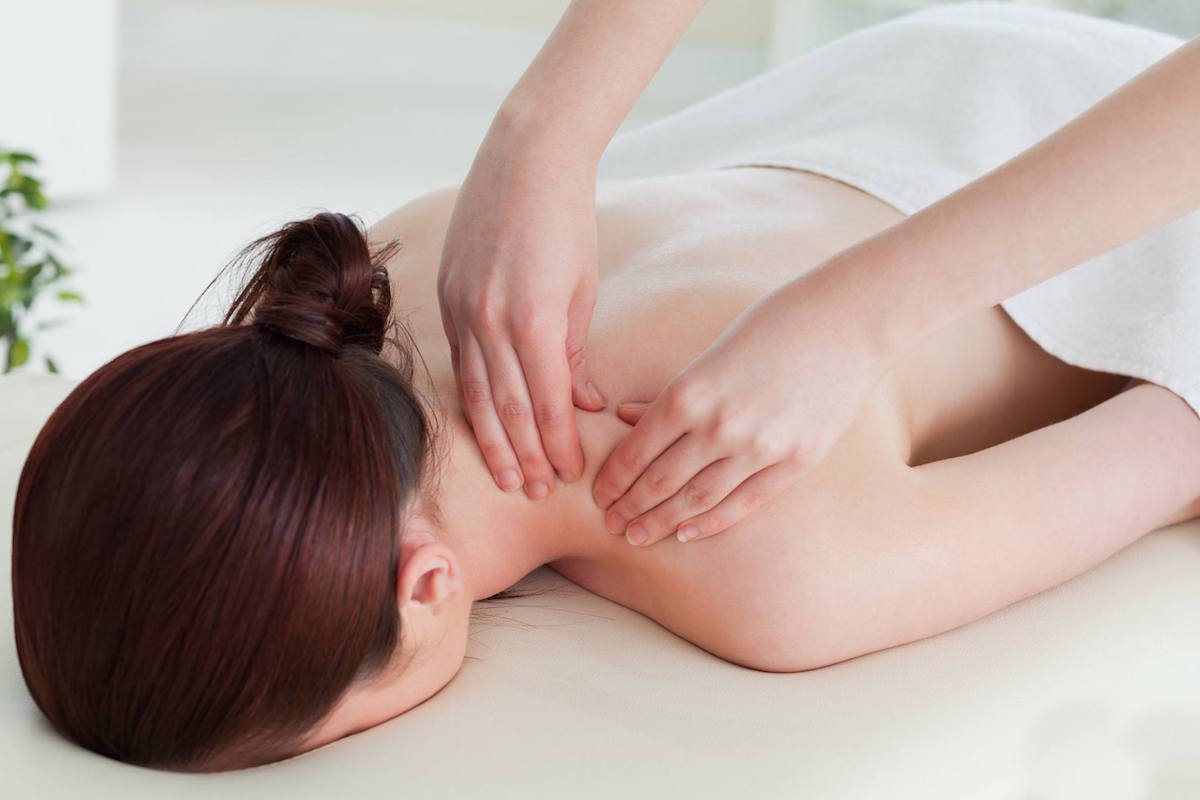
Purpose and Approach
Aromatherapy and relaxation massages prioritize sensory experience, employing fragrant oils and gentle strokes to induce calmness and mental tranquility. They typically lack the diagnostic component and deep tissue work found in remedial massage.
Remedial massage is more goal-oriented, focusing on physical health, injury management, and functional improvement. While relaxation can be a beneficial side effect, it is not its primary purpose.
Suitability
Clients seeking stress relief may prefer aromatherapy massage, while those with specific health concerns or muscular problems should consider remedial massage for targeted benefits.
Choosing Between Them

Selecting the appropriate massage therapy depends on individual needs. For chronic pain, injury recovery, postural issues, or muscular dysfunction, remedial massage offers a comprehensive, evidence-based approach. For general relaxation, stress management, or pampering, alternative therapies may be more suitable.
Read more: Understanding Types of Massage: Which One Suits You Best?
Choosing a Qualified Remedial Massage Therapist in Brisbane
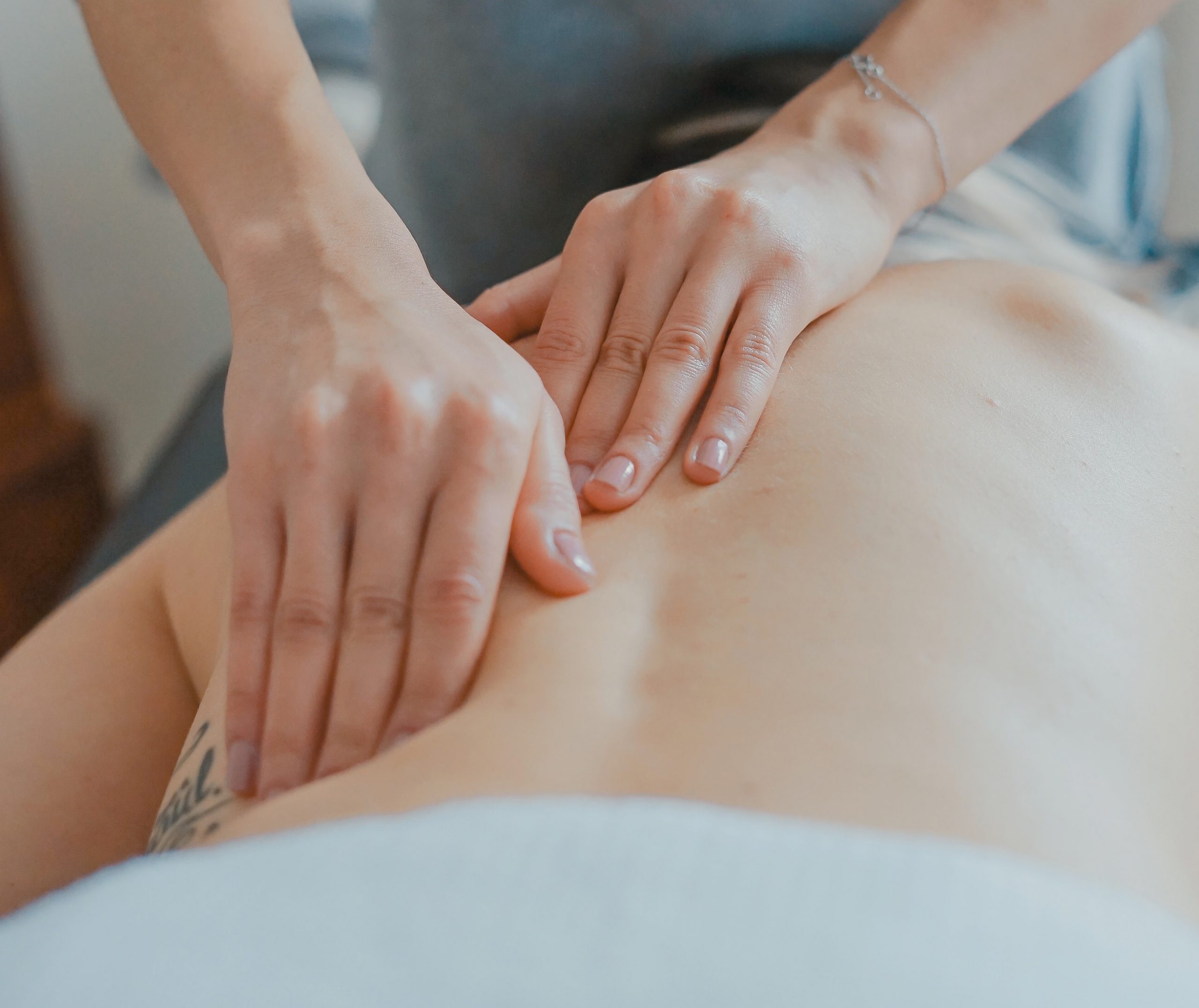
The success of remedial massage largely depends on the expertise and professionalism of the therapist. Finding a qualified, experienced practitioner ensures safe, effective treatment tailored to your specific needs.
Brisbane boasts a vibrant community of licensed massage therapists, but discerning which one suits your requirements necessitates careful consideration.
Credentials and Qualifications
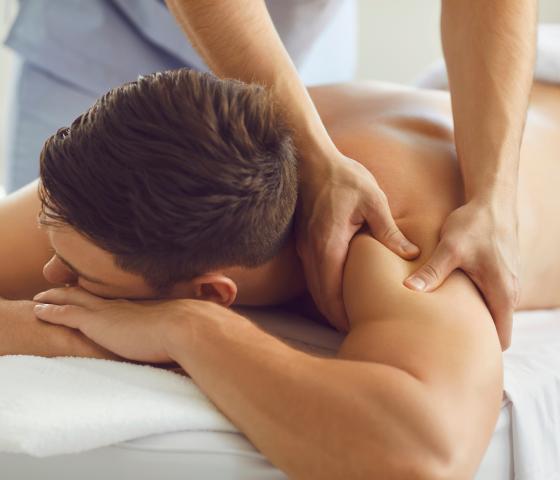
Essential Certifications and Licensing
Always verify that your chosen remedial massage therapist holds relevant qualifications from accredited institutions. In Australia, practitioners should be registered with professional bodies such as the Australian Register of Remedial Massage Therapists (ARRMT) or equivalent.
Proper licensing ensures adherence to industry standards, ethics, and ongoing professional development. It also gives you confidence in their competence and commitment to best practices.
Specialized Training
Look for therapists who have completed advanced training in remedial techniques, anatomy, physiology, and injury management. Some may hold additional certifications in sports therapy, myofascial release, or dry needling, which can enhance treatment options.
Experience and Expertise
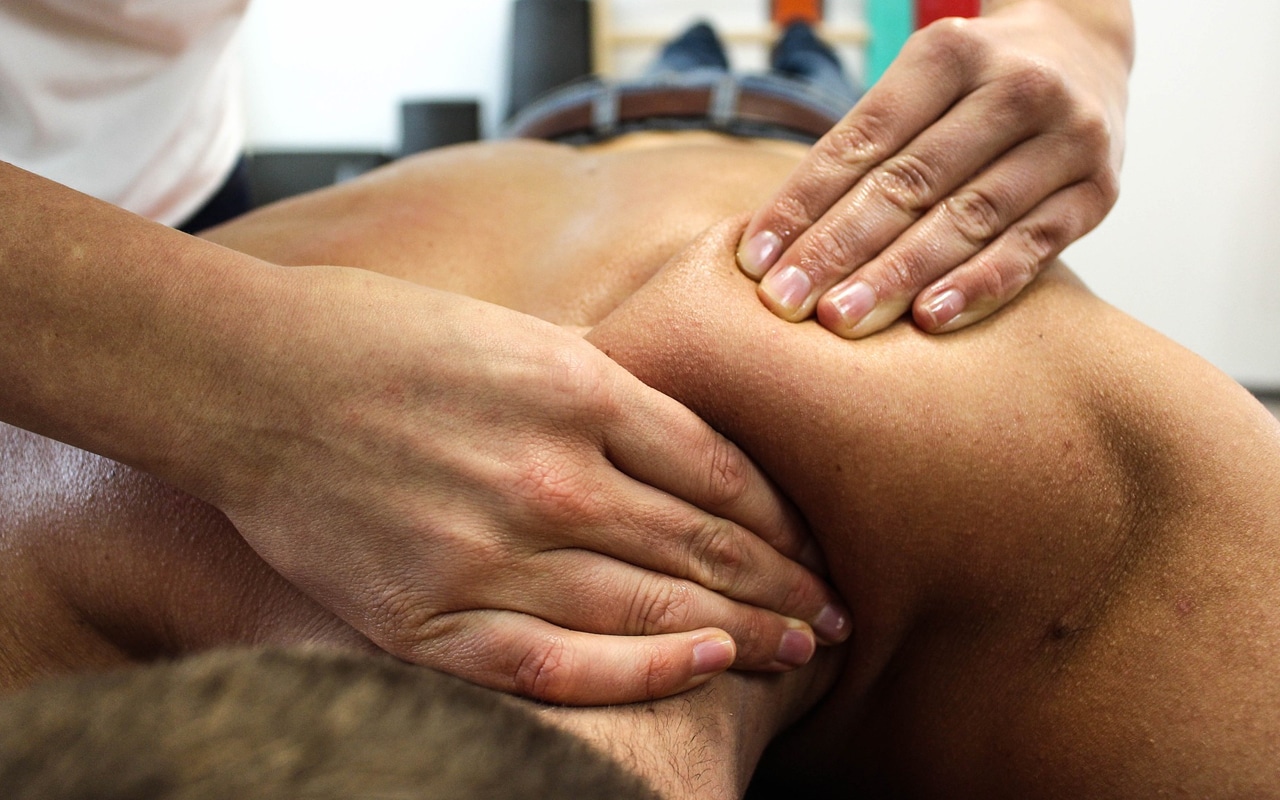
Years of Practice
Experience matters, especially when dealing with complex or chronic conditions. An experienced therapist will conduct thorough assessments, formulate customized treatment plans, and adapt techniques based on responses.
Client Testimonials and Case Histories
Review testimonials or ask for case examples demonstrating their success with similar issues. Personal stories can offer insights into their approach and effectiveness.
Service Offerings and Environment

Range of Services
Find out if the clinic offers comprehensive services including initial assessments, tailored treatment programs, post-treatment advice, and follow-up care. A holistic approach enhances outcomes.
Clinic Environment
A clean, welcoming, and professional environment contributes to a positive experience. Comfort, privacy, and good hygiene are non-negotiable aspects of a reputable practice.
Accessibility and Convenience
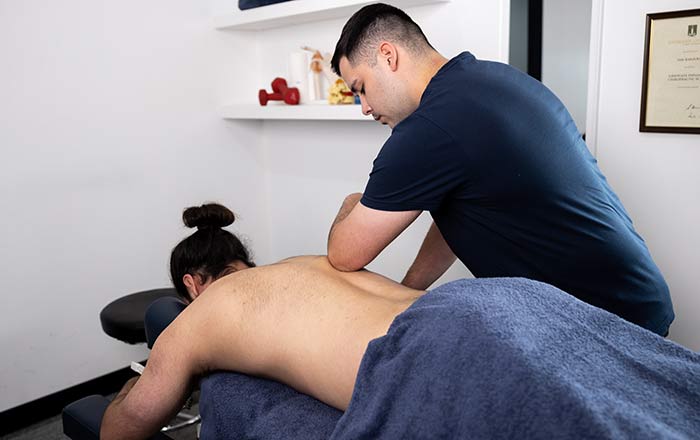
Location and Hours
Choose a location in Brisbane that is easily accessible, with flexible hours to fit your schedule. Proximity can encourage consistency in treatment.
Pricing and Packages
Compare pricing structures and available packages. While affordability is important, prioritize quality and qualifications over cost alone.
Personal Compatibility and Communication
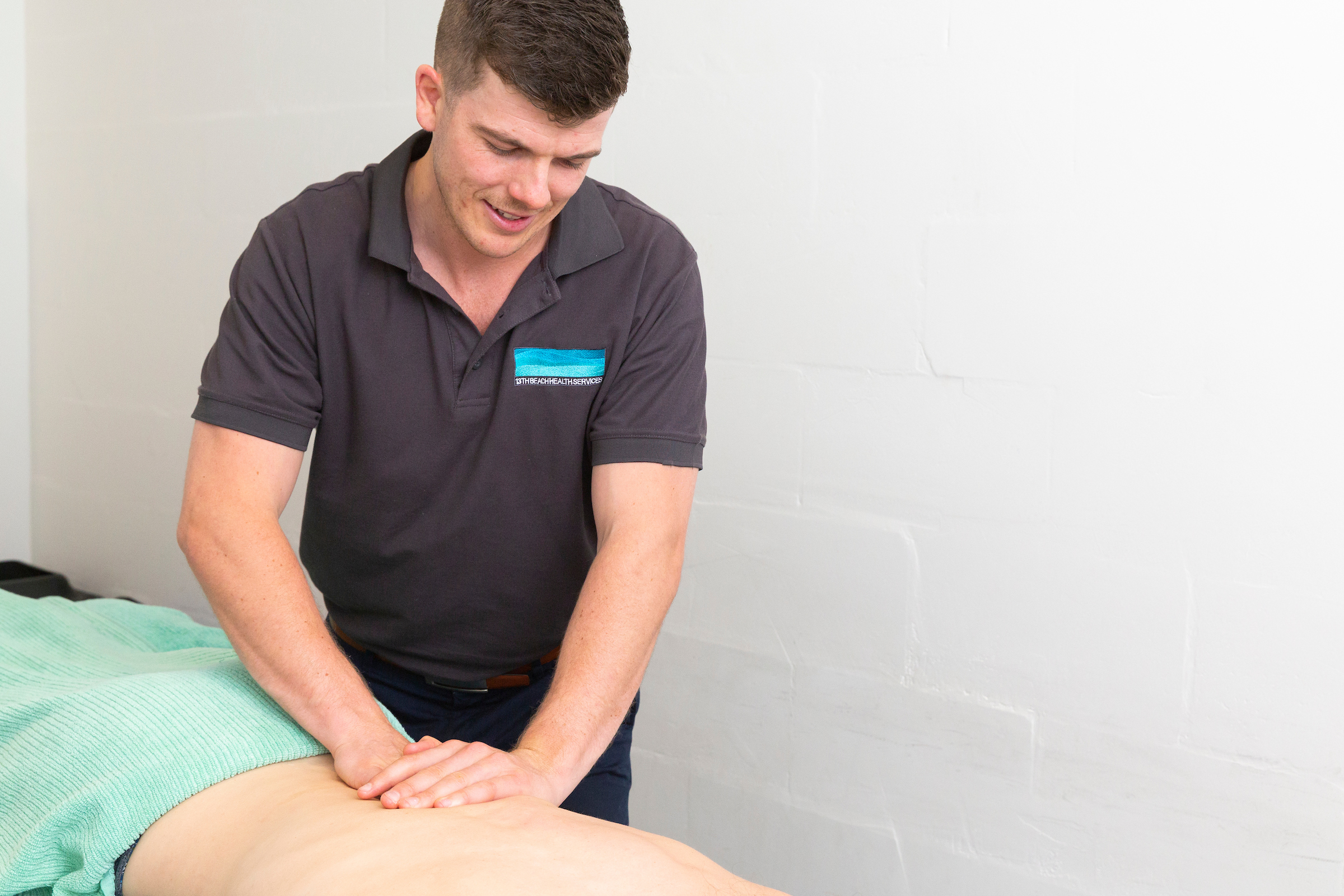
Good rapport with your therapist fosters trust and openness. Select someone who listens attentively, explains procedures clearly, and respects your preferences.
Read more: Top Tips for Finding the Best Body Massage in Brisbane
Conclusion

Remedial massage is a versatile and scientifically grounded therapy that offers profound benefits for physical health, mental well-being, and injury management. Its array of techniques, from myofascial release to joint mobilization, underscores the importance of personalized, targeted treatment approaches. Unlike other massage styles that focus primarily on relaxation, remedial massage emphasizes diagnostics, problem-solving, and rehabilitation, making it an indispensable tool for those seeking lasting relief and enhanced function. For residents of Brisbane, choosing a qualified, experienced therapist is vital to unlock the full potential of remedial massage, paving the way toward sustained wellness and vitality.
